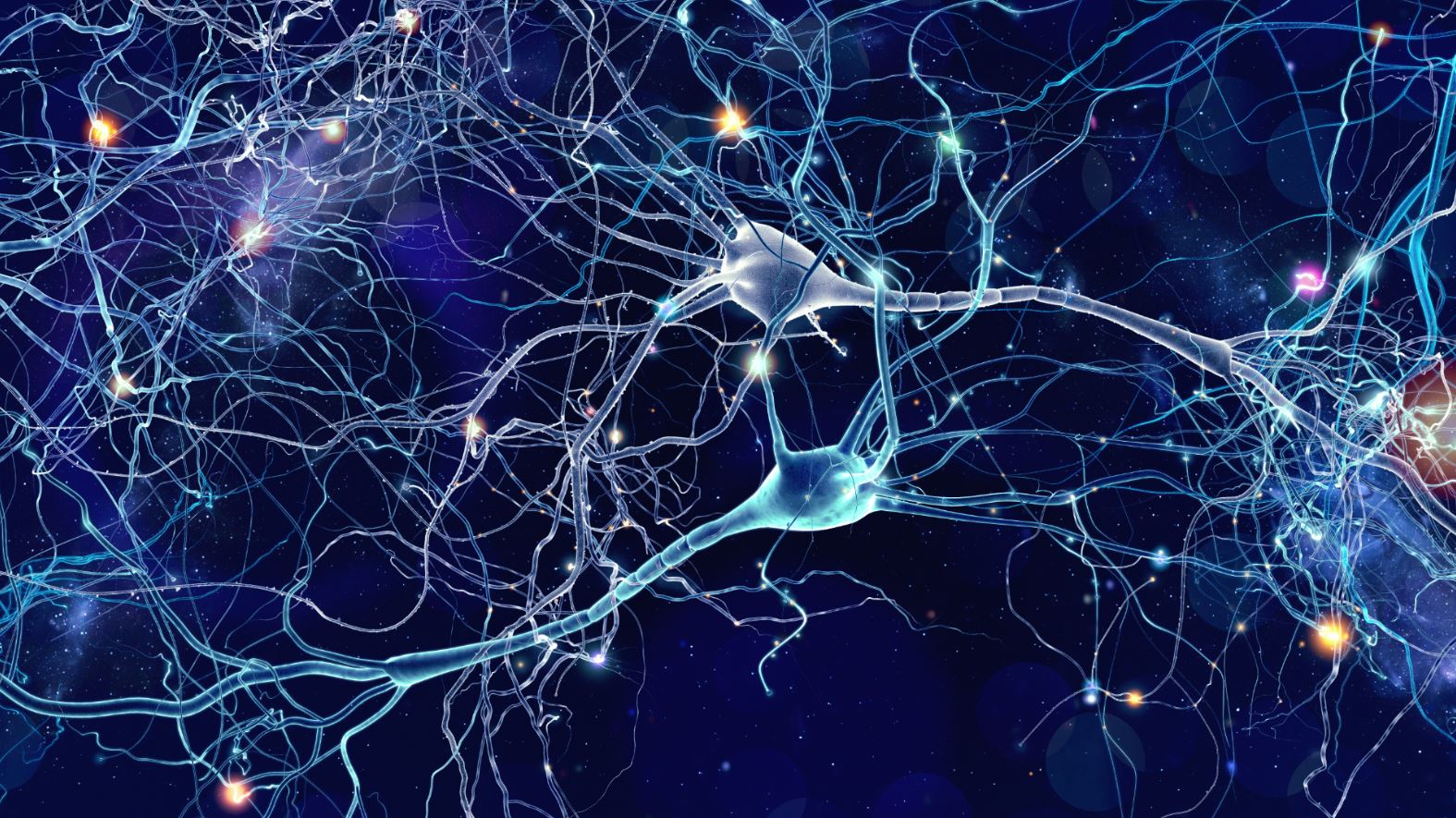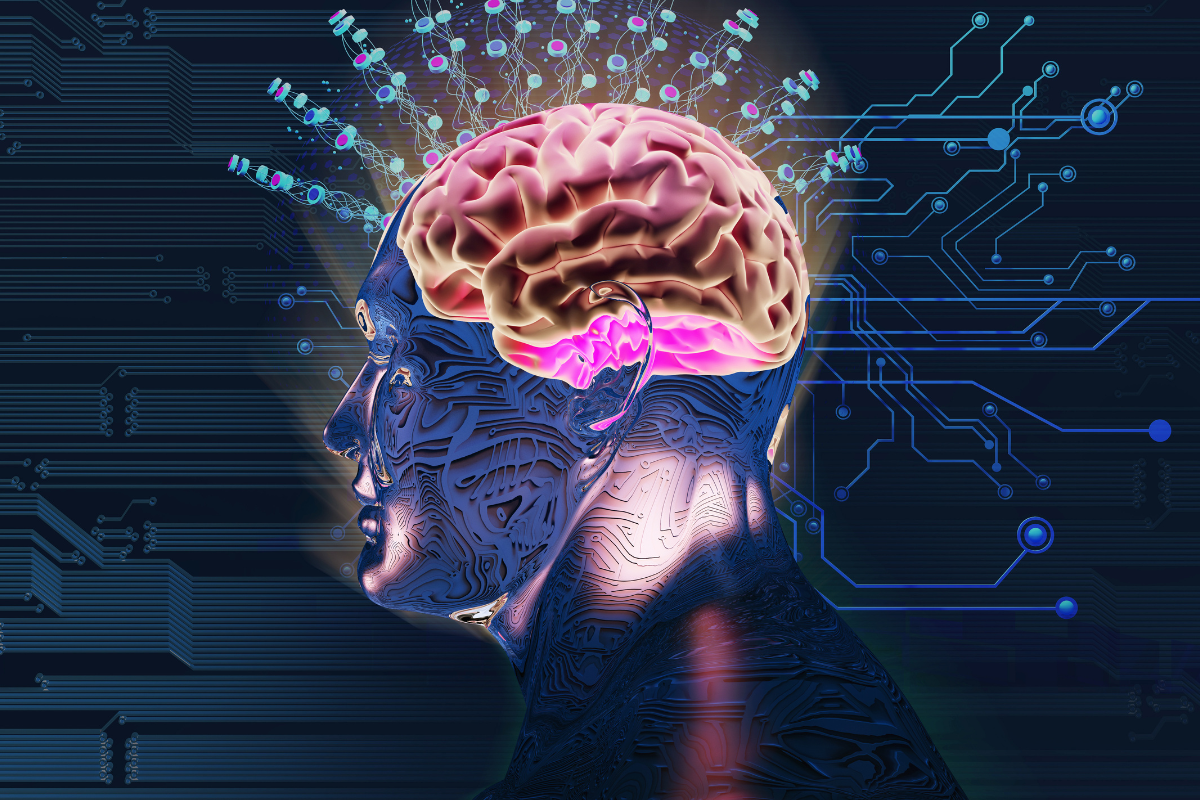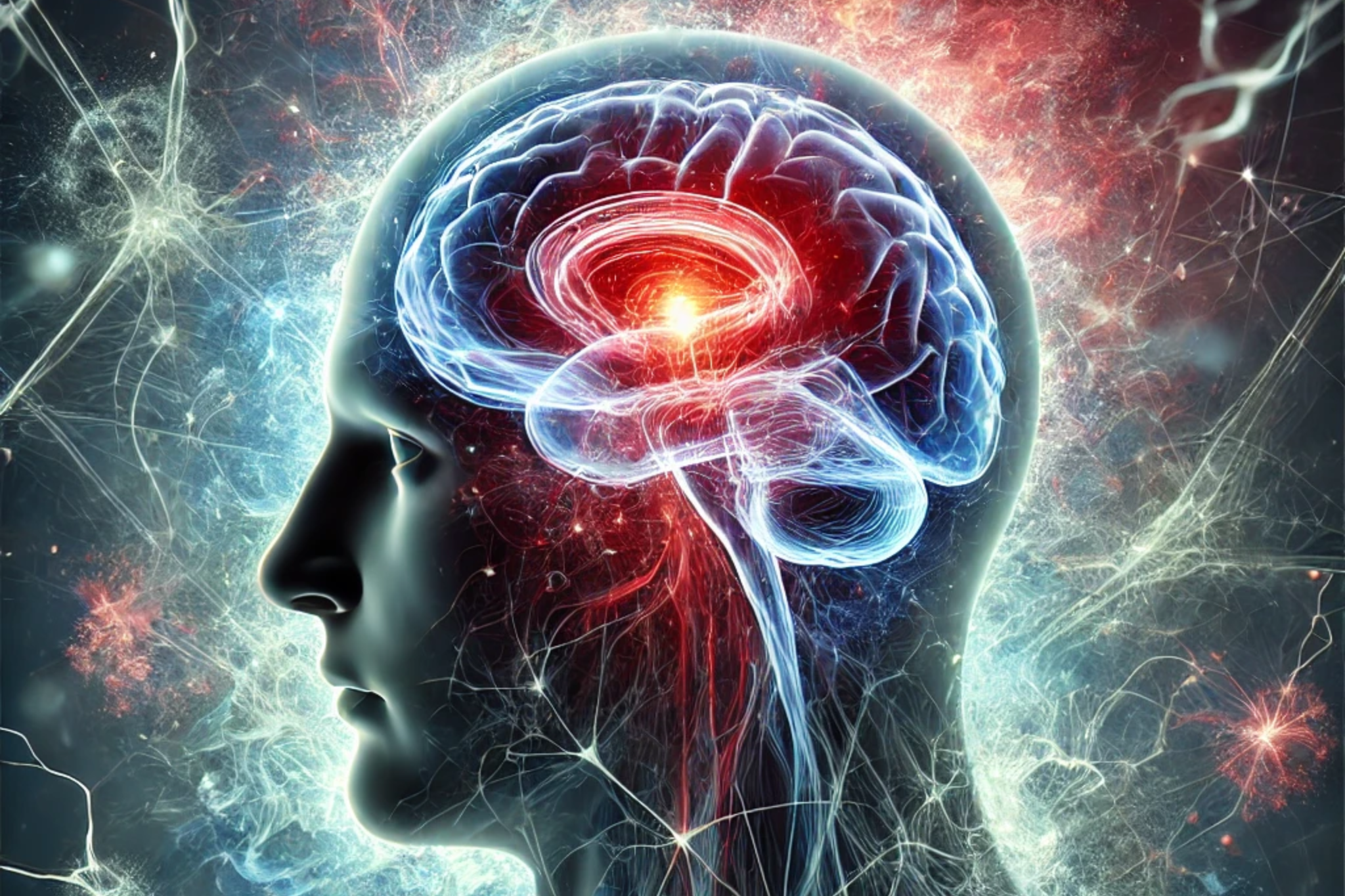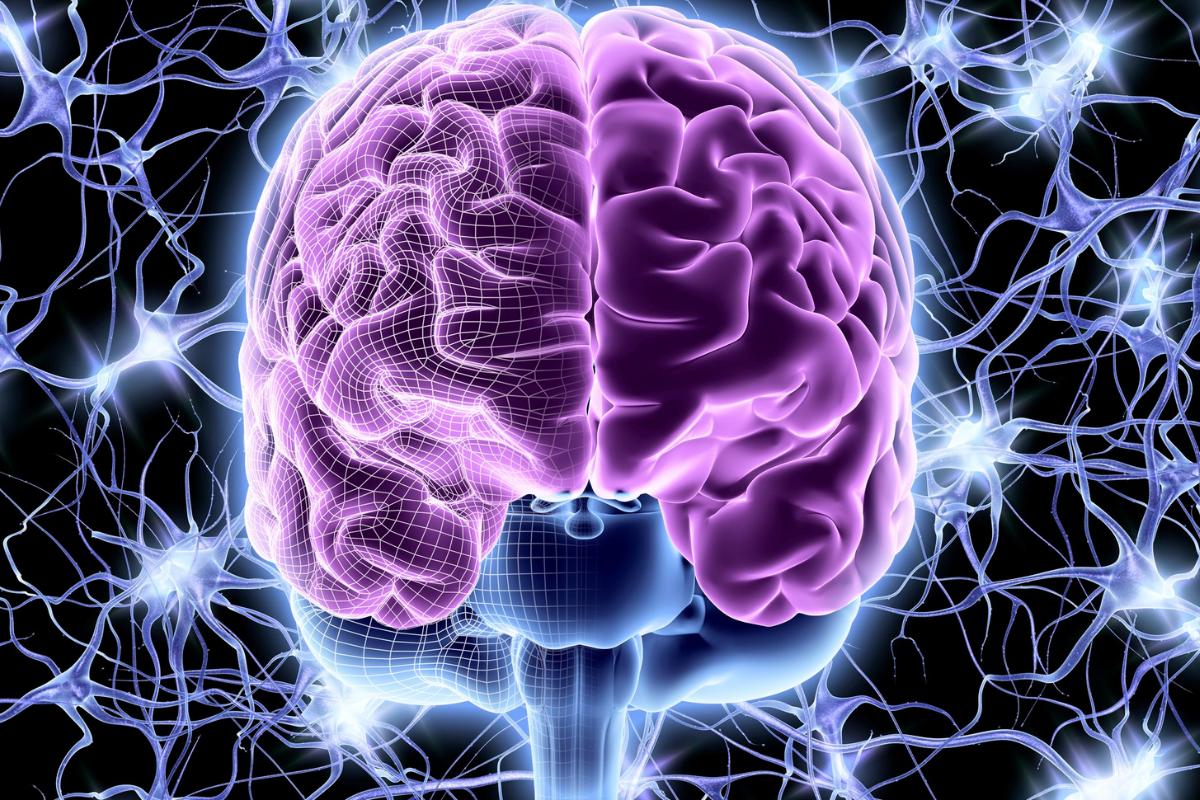By Dr. Petrus Raulino
What is Schizophrenia?
Schizophrenia is a chronic and potentially disabling psychiatric disorder that can affect the ability to think, feel and behave appropriately.
It affects around 1% of the world's population.
To date, there is no known specific cause of schizophrenia, but it is known that a combination of biological factors, including genetics, and the environment can trigger the illness.
To treat it more effectively, a better understanding of the disease is needed.
Study on the biological basis of schizophrenia
A study published in the journal Translational Psychiatry sought to understand the biological basis of schizophrenia a little better.
Small samples of post-mortem brain tissue were collected from healthy individuals and patients diagnosed with schizophrenia.
The areas were superior temporal gyrus and anterior cingulate cortex.
The brain has a modular architecture in which different areas with different genetic origins perform different functions, which is why samples were taken from two areas.
However, it should be noted that the current conception of cortical architecture is more heterogeneous than was thought in the past.
The samples were placed in high-resolution X-rays and optics to capture three-dimensional images of these brain tissues.
The equipment used had a high resolution of up to 10 nanometers. This made it possible to compare the structures of neurons between areas of the brain of each individual and between individuals.
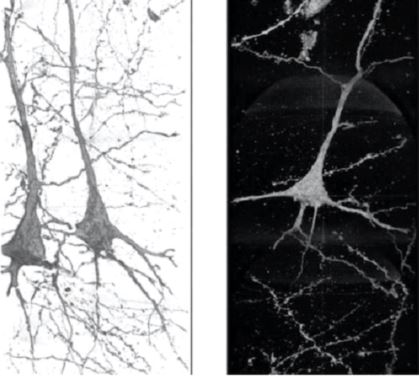
Study results
The schizophrenia cases showed a thin and tortuous neuronal network compared to the control group, suggesting that the structure of the neuron may be associated with the disorder.
In addition, the great heterogeneity of neurons demonstrated in cases of schizophrenia may be associated with functional imbalances between brain areas that can result in disturbances in total brain function.
Conclusion
Despite these findings, more research is needed to understand the factors that influence the process in which structural changes in neurons can occur in schizophrenia.
Genetic mosaicism, environmental factors and differences in upbringing between individuals provide different stimuli for different areas of the brain, and can also result in differences in neuronal structures between brain areas.
In any case, the study has the merit of drawing attention to some pieces of the great puzzle about the biological basis of schizophrenia.
References
Mizutani, R., Saiga, R., Yamamoto, Y., Uesugi, M., Takeuchi, A., Uesugi, K., ... & Arai, M. (2021). Structural diversity of neurons between brain areas and between cases. Translational psychiatry, 11(1), 1-9.
Bertolero, M. A., Yeo, B. T., & D'Esposito, M. (2015). The modular and integrative functional architecture of the human brain. Proceedings of the National Academy of Sciences, 112(49), E6798-E6807.
Lodato, M. A., Woodworth, M. B., Lee, S., Evrony, G. D., Mehta, B. K., Karger, A., ... & Walsh, C. A. (2015). Somatic mutation in single human neurons tracks developmental and transcriptional history. Science, 350(6256), 94-98.
Amunts, K., & Zilles, K. (2015). Architectonic mapping of the human brain beyond Brodmann. Neuron, 88(6), 1086-1107.


